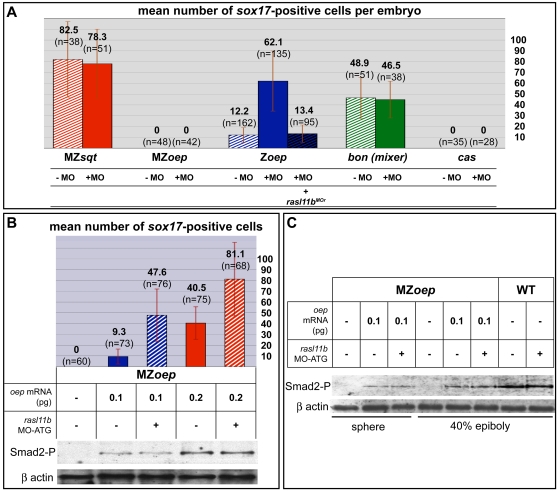Figure 6. rasl11b interacts specifically with oep but does not affect the Nodal/Smad2 transduction pathway.
(A) The MZsqt, MZoep, Zoep, bon and cas mutants have a clear reduction of endodermal cells and so were used to quantify the putative impact of rasl11b knock down at different steps/levels of the nodal pathway. The Zoep mutant was the only one rescued by the rasl11b MO-ATG injection. This rescue was abolished by co-injection of rasl11b MO-resistant mRNA (rasl11bMOr). Error bars indicate standard deviation. (B, C) It is impossible to generate clutches of 100% Zoep embryos, and because one embryo cannot give enough material for both immunoblot and genotyping experiments, 100% Zoep-like mutant clutches were produced by injecting clutches of 100% MZoep eggs with low doses of wild-type oep mRNA. Half of them were then co-injected with rasl11b MO-ATG. Each batch was split in two, one used for phosphorylated Smad2 (Smad2-P) level analysis, the second for endodermal cell number count (assayed by sox17 in situ hybridization). Proteins were detected by western blotting using a Smad2-P antibody. Note that increasing doses of wild-type oep mRNA were correlated with an increase of Smad2-P and sox17 endodermal cell number, whereas co-injection with rasl11b MO-ATG increased endodermal cell number without generating more Smad2-P (Error bars indicate standard deviation). The same experiment was done at three pregastrula stages: dome (B), sphere and 40% epiboly (C).

